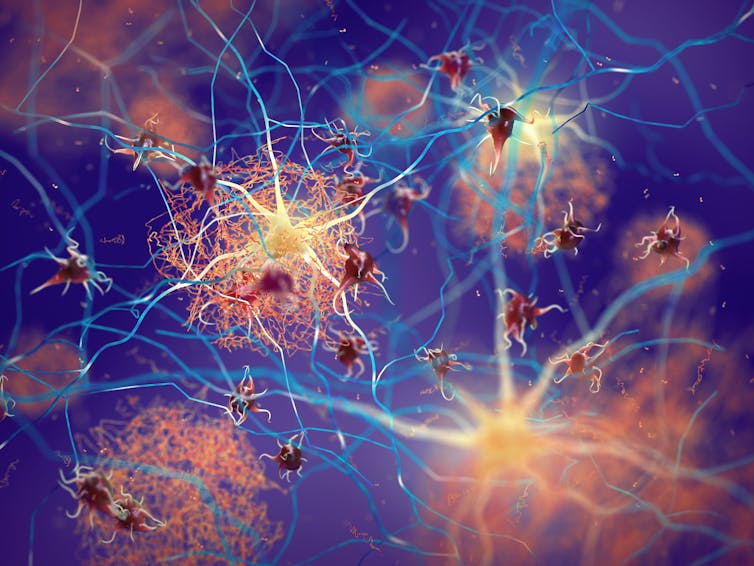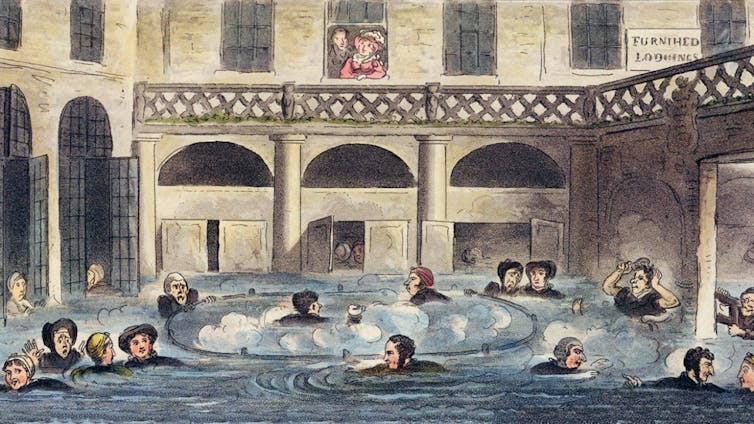Source: The Conversation – Canada – By John Gradek, Faculty Lecturer and Academic Program Co-ordinator, Supply Network and Aviation Management, McGill University
The union representing Air Canada flight attendants issued a 72-hour strike notice to the company, setting the stage for a potential work stoppage on Aug. 16.
In response, the airline issued a 72-hour lock-out notice to Air Canada flight attendants, stating it had begun preparations to suspend flights in anticipation of the strike.
Taken together, these actions have effectively set the stage for the first complete shutdown of Air Canada due to labour strife since Air Canada pilots held an 11-day strike in 1998.
A shutdown would have a significant impact on Air Canada’s passenger travel plans during the height of the summer travel season.
Impact on passengers during peak travel
Air Canada and Air Canada Rouge carry approximately 130,00 passengers a day, and about 25,000 of these travellers include those returning to Canada from abroad.
All of these passengers are covered by Canada’s Air Passenger Protection Rights, which airlines are obligated to implement in the event of flight cancellations. These regulations are intended to ensure passengers are treated fairly and have recourse when things go wrong.
The concern during this peak travel season is the availability of seats on other carriers that Air Canada is obligated to secure for passengers on its cancelled flights.
The resulting shortage of capacity will undoubtedly result in cancelled vacations or family gatherings, with Air Canada offering refunds to those passengers for whom it will be unable to find acceptable travel arrangements.
Negotiations at an impasse
The airline and the Canadian Union of Public Employees (CUPE) have been negotiating a new collective agreement since March. Air Canada said recently negotiations have reached an “impasse” over issues like wages and labour conditions.
The wages issue has been highlighted as a major negotiation item by CUPE, with examples of junior flight-attendant salaries that are substantially below the Canadian minimum wage.
Based on my analysis of collective agreement wage rates for Air Canada CUPE flight attendants, I estimate current wages would need to rise by about 32 to 34 per cent to match the 2025 purchasing power of what flight attendants earned in 2014, after adjusting for inflation.
According to CUPE, Air Canada only pays flight attendants when the aircraft’s brakes are released at departure until the brakes are applied on arrival, meaning any work they do before boarding and after deplaning isn’t compensated.
The union says flight attendants in Canada perform about 35 hours of unpaid duties every month.
Efforts to address unpaid work
Several attempts have been made by labour groups over the years to address the practice of unpaid duties for flight attendants. This culminated with the introduction of private member’s Bill C-415 in October 2024 by NDP MP Bonita Zarrillo.
The bill proposed amending the Canada Labour Code to require employers to pay flight attendants for all time spent on pre-flight and post-flight duties, as well as for mandatory training programs at their full rate of pay.
Bill C-415 received First Reading in Parliament, but did not progress beyond, expiring at the end of the parliamentary session in January 2025.
But support for such legislation remains strong, as demonstrated by a letter sent by the Leader of the Opposition to the Minister of Labour on Aug. 5.
A February 2025 article in The Conversation Canada noted the efforts of organized labour in obtaining ground pay for flight attendants and concluded:
“With contract negotiations underway, CUPE’s airline division has an opportunity to push for better working conditions and pay structures that reflect all hours worked. Canadian airlines must address the issue of unpaid labour and, ultimately, implement more equitable workplace standards for flight attendants.”
A number of airlines have implemented flight attendant pay that goes beyond the traditional “flight pay.” Delta Airlines was the first carrier to introduce the practice in 2022, followed by American Airlines in 2024.
United Airlines has included a similar provision in a proposed contract now awaiting ratification. In Canada, both Porter Airlines and Pascan Aviation offer flight attendants pay for work performed during the boarding process.
High stakes for both sides
It is worth noting the collective agreement negotiation strategies of both CUPE and Air Canada. CUPE has been quite transparent in its goals for its Air Canada members, citing wage increases needed to return to a living wage — for junior flight attendants, in particular — and the need to obtain pay for currently uncompensated work.
These goals have remained steadfast through the eight months of dialogue with Air Canada, and have been supported by a 99.7 per cent vote in favour of a strike if negotiations fail.
Air Canada’s negotiation strategy mirrors its 2024 negotiations with pilots, when it relied on government intervention to pressure them to reach an agreement, but ultimately yielded late in the process to most of the pilots’ demands.
Read more:
Potential Air Canada pilot strike: Key FAQs and why the anger at pilots is misplaced
This may yet be Air Canada’s plan this time as well, with a strike deadline looming in the early hours of Saturday, Aug. 16.
Is is worth noting that previous collective agreement negotiations with Air Canada and its flight attendants have been characterized by significant political intrigue, which many in the industry had believed to be a thing of the past. It remains interesting reading.
If a strike does proceed, Air Canada could face financial losses in the range of $50 to $60 million a day — a sum that will undoubtedly have Air Canada back at the negotiation table within the week.
![]()
John Gradek does not work for, consult, own shares in or receive funding from any company or organisation that would benefit from this article, and has disclosed no relevant affiliations beyond their academic appointment.
– ref. Air Canada flight attendants have issued a strike notice: Here’s what you need to know – https://theconversation.com/air-canada-flight-attendants-have-issued-a-strike-notice-heres-what-you-need-to-know-263171











